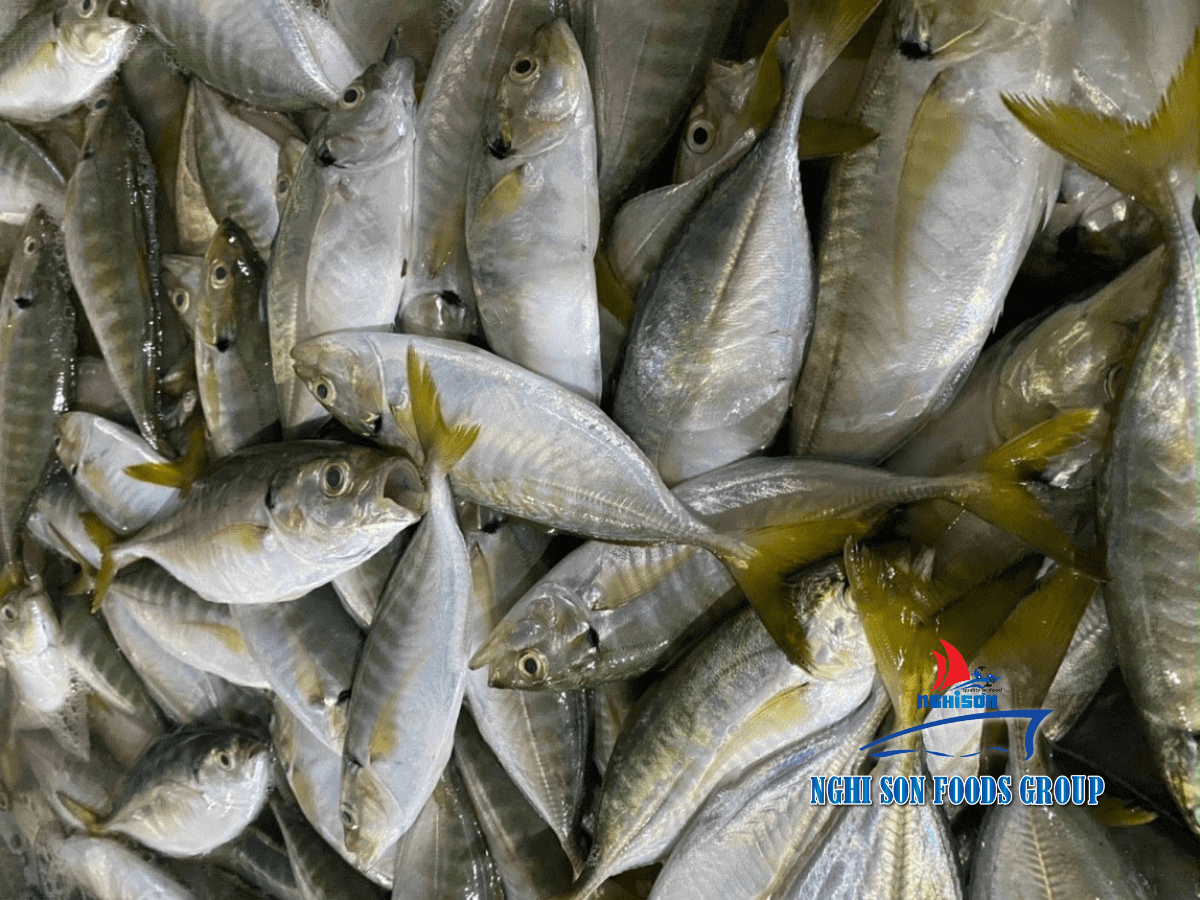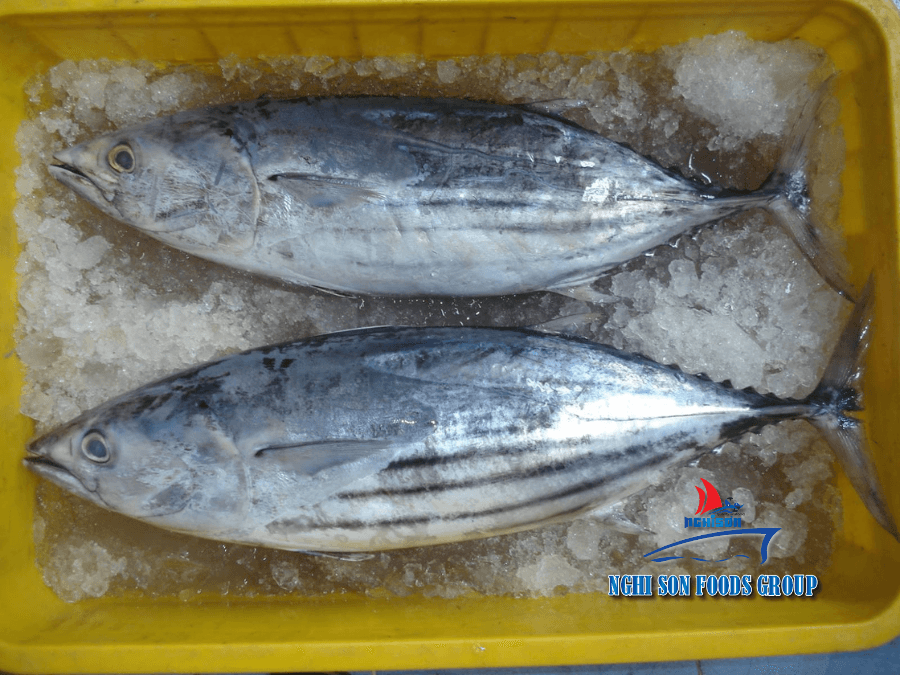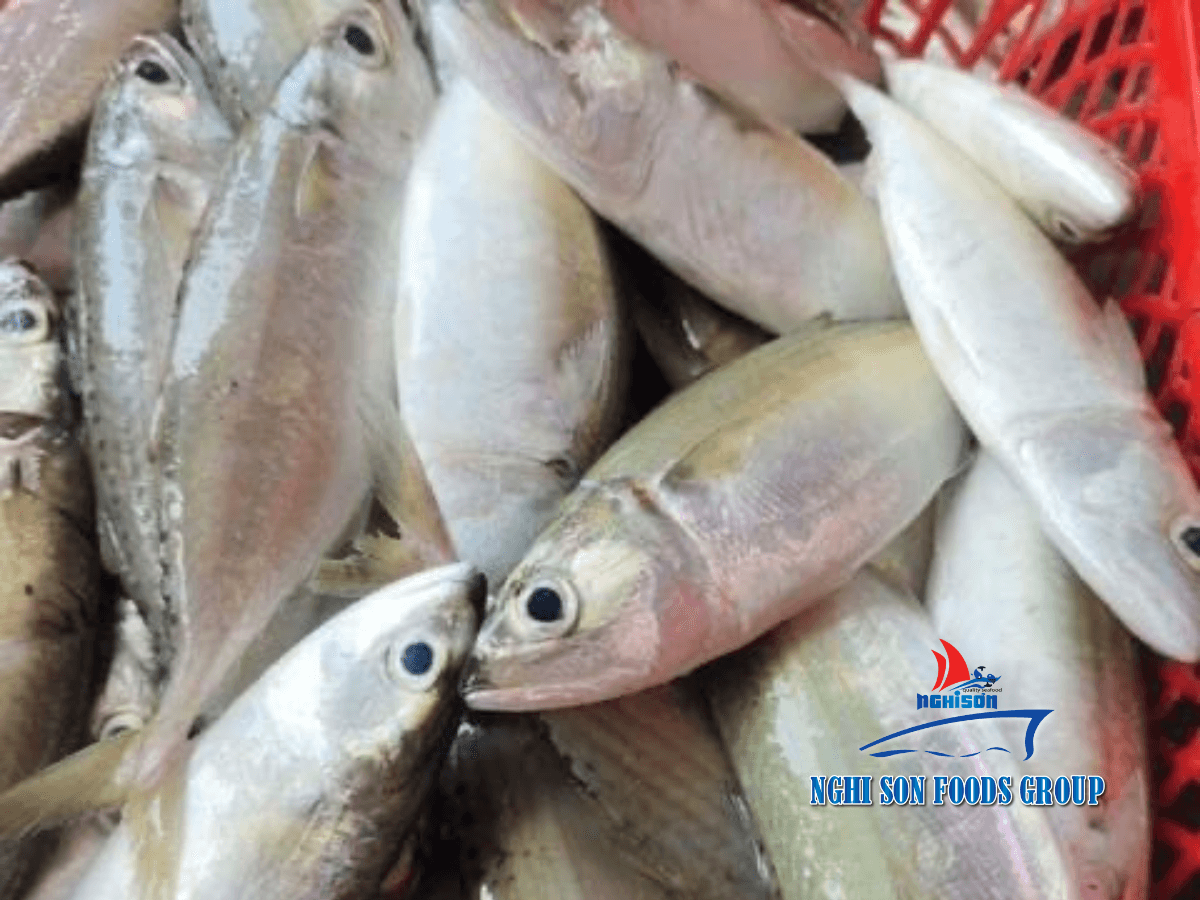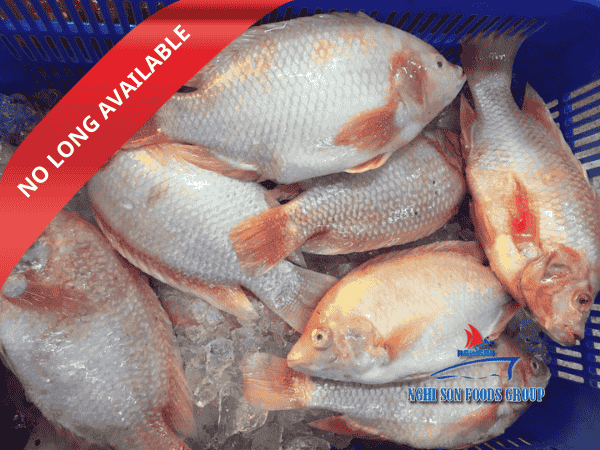Table of Contents
ToggleDeclining Orders and Raw Material Shortages
According to a survey conducted by the Việt Nam Association of Seafood Exporters and Producers (Vasep), seafood companies have been severely impacted by the COVID-19 pandemic, particularly since the beginning of March. Vasep revealed that most seafood companies experienced a significant decline in orders, ranging from 35% to 50%, due to cancellations, delays, and shortages of raw materials.
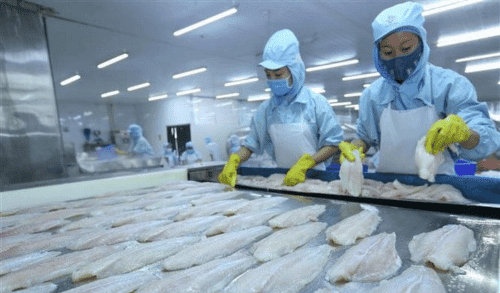
Escalating Impact and Market Challenges
The survey further highlighted that the impact of COVID-19 was expected to worsen as the pandemic rapidly spread during the month of March. The export of tra fish to China has stalled since January, and exports to European Union (EU) markets encountered difficulties in March as the bloc closed its external borders. Moreover, demand declined as people stayed at home to prevent the spread of the virus. By mid-March, exports to the Middle East, Asia, and South Africa also started to face challenges.
Shortages and Delays in Shrimp Exports
Vasep reported that most seafood companies faced shortages of raw materials, with 35% to 50% of shrimp orders to the US and EU being delayed or cancelled due to low consumption demand. However, shrimp exports still saw a slight increase of 2.6% to $383 million, primarily driven by a 16% surge in exports to Japan. Meanwhile, exports to China fell by 37%, and exports to the EU declined by 15%.
High Inventories and Declining Exports
Seafood producers and exporters were confronted with high inventories, as highlighted by Vasep. According to statistics from the General Department of Customs, seafood exports in the first two months of the year amounted to over $990 million, representing an 11% drop compared to the same period in 2019. Exports to China experienced a significant decline of 44%, while the EU saw a decrease of 20%. ASEAN markets decreased by 4%, and the Republic of Korea by 9%.
Prospects for Tra Fish Exports
Vasep predicted that seafood exports to China in the first quarter of the year would decrease by at least 20% due to low demand and transportation disruptions via border gates caused by the pandemic. Among seafood products, tra fish exports would be the most affected, as China constituted the largest market, accounting for 35% of Vietnam’s tra fish exports. In the first two months, tra fish exports to China dropped by 52%, and to the EU by 40%. However, some tra fish companies expressed optimism that exports to China would recover starting next month and return to normal levels by June.
Focus on Quality Improvement for Tra Fish Exports
Vasep emphasized the need for producers to concentrate on enhancing the quality of tra fish to promote exports to the US in the coming years. This strategic move aims to capitalize on future opportunities and strengthen trade relations with the US market.
Conclusion
The seafood industry in Vietnam has faced significant challenges due to the COVID-19 pandemic, with declining orders, raw material shortages, and disruptions in export markets. However, amidst these difficulties, there have been slight increases in shrimp exports to certain countries. The sector is actively adapting to the changing landscape and focusing on strategies to improve the quality of products to tap into new market opportunities. Collaboration between industry stakeholders and government support will be crucial in navigating these challenging times and ensuring the long-term growth and resilience of Vietnam’s seafood industry.







